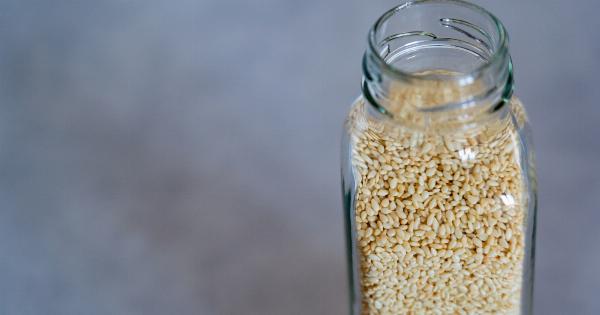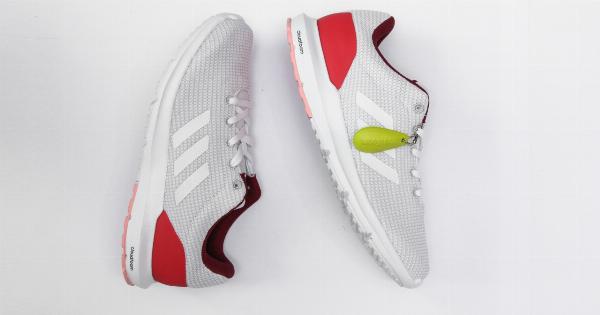Calcium is an essential mineral for maintaining strong and healthy bones. While cow’s milk is a commonly known source of calcium, not everyone can or wants to consume milk.
For such people, alternative sources of calcium are necessary to meet their daily calcium requirement.
Kale – A rich source of calcium
Kale is a leafy green vegetable that is packed with health benefits. It is a rich source of calcium, one cup of cooked kale contains about 100 milligrams of calcium.
Additionally, kale is also rich in other minerals and vitamins such as Vitamin K, Vitamin A, and Vitamin C. Kale can be eaten raw in salads or cooked as a side dish or in stews and soups.
Tofu – A versatile source of calcium
Tofu is a soy-based protein that is a versatile source of calcium. The exact amount of calcium depends on the type of tofu, with about 250 milligrams of calcium per half cup of firm tofu.
Tofu can be cooked in various ways, such as grilling, sautéing, or even blending into smoothies.
Sardines – A rich source of calcium and Omega-3
Sardines are a type of fish that is rich in calcium and Omega-3 fatty acids. One can of sardines contains about 325 milligrams of calcium. Sardines can be eaten as a snack on their own or added to salads and sandwiches.
Collard Greens – A cruciferous vegetable rich in calcium
Collard greens are a cruciferous vegetable that is rich in calcium and other essential minerals and vitamins. One cup of cooked collard greens contains about 250 milligrams of calcium and other health benefits.
Collard greens can be cooked in many ways, such as boiled, sautéed, or added to soups and stews.
Almonds – A delicious source of calcium
Almonds are a great source of calcium and other essential minerals, such as magnesium, phosphorus, and potassium. One ounce of almonds contains about 75 milligrams of calcium.
Almonds can be eaten as a snack on their own or added to salads and other dishes, such as grain bowls and smoothies.
Sesame Seeds – A tiny but mighty source of calcium
Sesame seeds are a tiny but mighty source of calcium and other important minerals, such as magnesium, iron, and zinc. One tablespoon of sesame seeds contains about 90 milligrams of calcium.
Sesame seeds can be used in many ways, such as adding to salads or stir-fries, or as a topping for porridge or yogurt.
Broccoli – A cruciferous vegetable rich in calcium
Broccoli is a cruciferous vegetable that is rich in calcium and other essential minerals and vitamins. One cup of cooked broccoli contains about 60 milligrams of calcium.
Broccoli can be eaten steamed, roasted, or boiled, or added to stir-fries and casseroles.
White Beans – A legume high in calcium
White beans are a legume that is a rich source of calcium, with one cup of cooked white beans containing about 160 milligrams of calcium. White beans can be added to soups, stews, or salads, or mashed to make bean dips or spreads.
Fortified Foods – A calcium boost
Fortified foods such as orange juice, soy milk, and breakfast cereals can be a good source of calcium. These foods are fortified with calcium during the production process, and one cup of fortified soy milk can contain up to 400 milligrams of calcium.
However, it is important to check the label to make sure the product is fortified with calcium.
Conclusion
For those who cannot or choose not to consume milk, there are many alternative sources of calcium available.
Including a variety of calcium-rich foods in your diet is key to meeting your calcium requirements and maintaining strong bones and overall health.



























